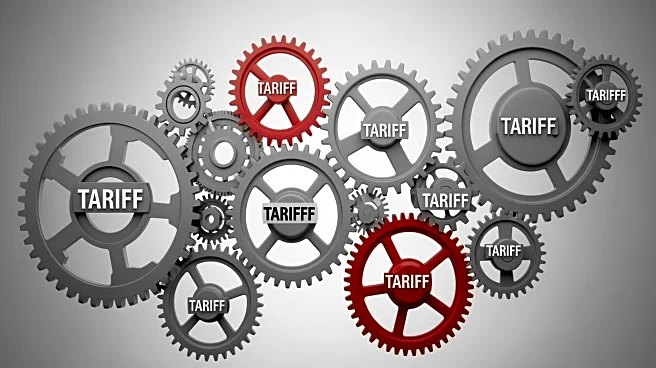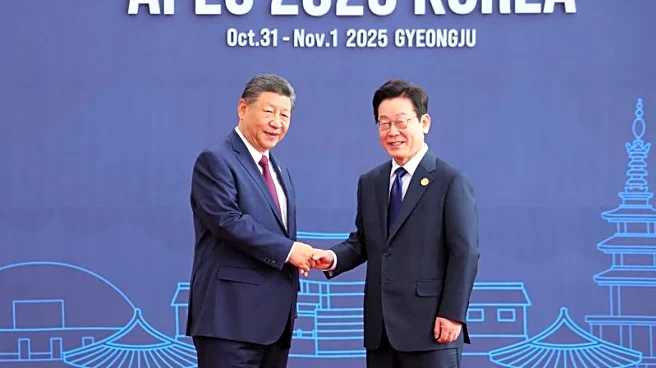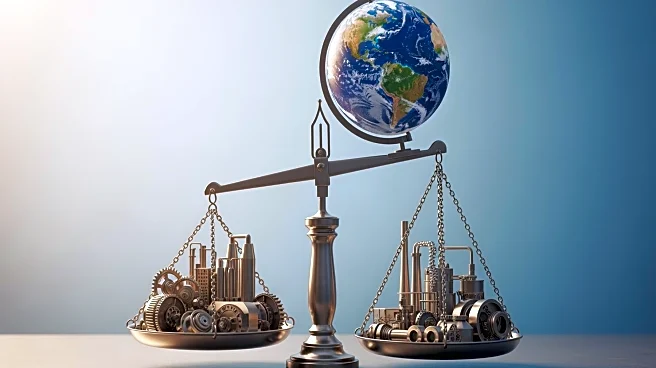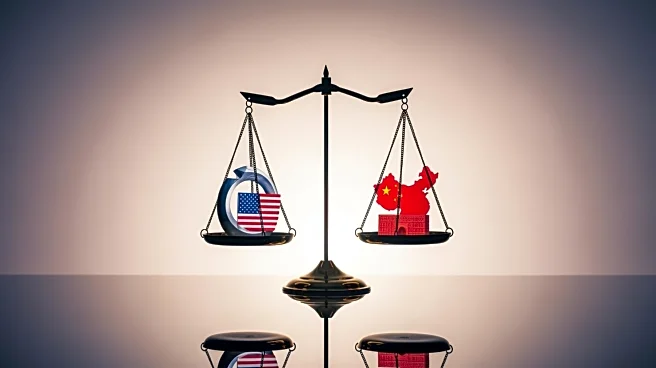What's Happening?
The World Trade Organization (WTO) provides a comprehensive overview of tariffs, which are customs duties imposed on merchandise imports. These tariffs serve to give a price advantage to locally-produced
goods over imported ones and generate revenue for governments. The WTO outlines two types of tariff rates: bound rates, which are the maximum rates agreed upon in international commitments, and applied rates, which are the actual rates charged and can be lower than the bound rates. The WTO's databases offer access to both types of rates, facilitating the analysis of international trade dynamics.
Why It's Important?
Tariffs play a crucial role in international trade by influencing the competitiveness of domestic versus foreign goods. They can protect local industries from foreign competition and are a significant source of government revenue. However, tariffs can also lead to higher prices for consumers and may provoke retaliatory measures from trading partners, potentially escalating into trade disputes. Understanding tariff structures is essential for businesses engaged in international trade, as it affects pricing strategies and market access.
What's Next?
The ongoing negotiations under the Doha Agenda aim to further reduce tariffs, particularly in agriculture and non-agricultural market access. These efforts are part of a broader strategy to promote free trade and reduce trade barriers globally. The outcome of these negotiations could significantly impact global trade patterns, affecting industries and economies worldwide.
Beyond the Headlines
The ethical and economic implications of tariffs are complex. While they can protect domestic jobs, they may also lead to inefficiencies and higher costs for consumers. The balance between protectionism and free trade remains a contentious issue in global economic policy.













